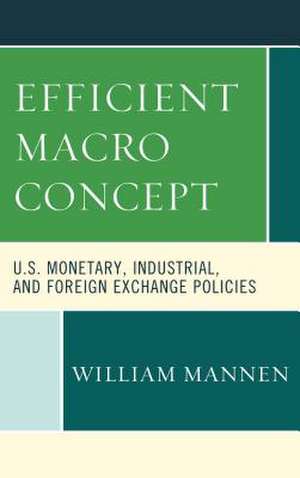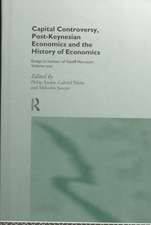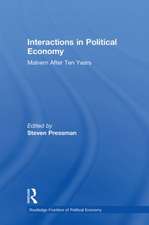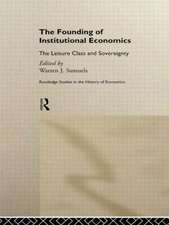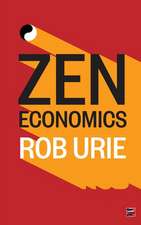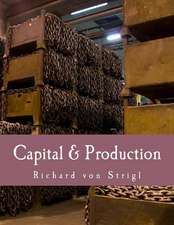EFFICIENT MACRO CONCEPT U.S.
Autor William Mannenen Limba Engleză Hardback – mai 2018
Preț: 650.27 lei
Preț vechi: 844.50 lei
-23% Nou
Puncte Express: 975
Preț estimativ în valută:
124.44€ • 135.13$ • 104.53£
124.44€ • 135.13$ • 104.53£
Carte tipărită la comandă
Livrare economică 23 aprilie-07 mai
Preluare comenzi: 021 569.72.76
Specificații
ISBN-13: 9781498560023
ISBN-10: 1498560024
Pagini: 212
Dimensiuni: 152 x 229 x 22 mm
Greutate: 0.48 kg
Editura: Rowman & Littlefield
ISBN-10: 1498560024
Pagini: 212
Dimensiuni: 152 x 229 x 22 mm
Greutate: 0.48 kg
Editura: Rowman & Littlefield
Notă biografică
By William Mannen
Descriere
This book argues that monetary side policies focused on spurring GDP growth and output offer an alternative to more conventional supply and demand side approaches. These policies are an extension of central banking, which has developed for over a century in the United States.
